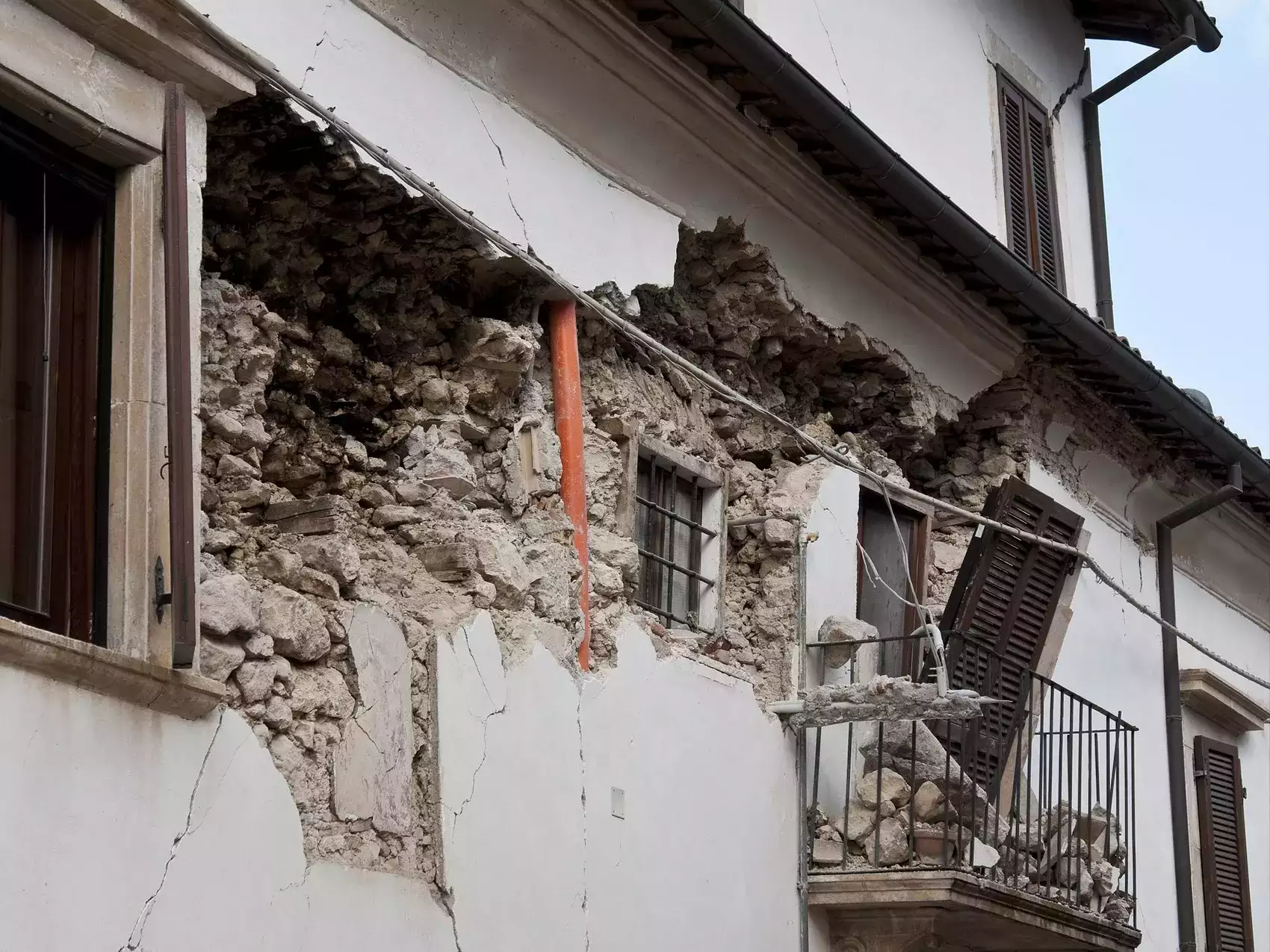The Earth Holds a Grudge: Aftershocks from Historic Earthquakes Still Impacting Regions
In a surprising twist, recent research has revealed that the Earth’s grudge-holding abilities surpass those of even the most stubborn individuals. A study has found that minor earthquakes, stemming from events that occurred two centuries ago, may still be impacting certain regions.
Historically, significant earthquakes are often followed numerous aftershocks that continue to unsettle the affected area. These smaller tremors may persist for days, or even years, as the Earth’s fault gradually adjusts to its new position.
To assess the prolonged impact of these aftershocks, the study focused on three historic earthquakes that struck the US in 1663, 1811-1812, and 1886. Ranging from a magnitude of 6.5 to 8, these earthquakes are some of the largest seismic events in recent North American history.
The research revealed that approximately 30% of earthquakes in the Missouri-Kentucky border region from 1980 to 2016 were likely aftershocks from the 1811-1812 earthquakes, and around 16% of present-day earthquakes in Charleston, South Carolina, were identified as probable aftershocks from the 1886 earthquake.
While aftershock sequences diminish over time, the accumulation of strain from background seismic activity could potentially lead to more significant earthquakes in the future. Therefore, monitoring fault movements, background seismic activity, and aftershocks becomes crucial for assessing seismic risk.
The results of this research have been published in JGR Solid Earth and can be accessed here. It is clear that understanding past seismic events is vital in developing effective hazard assessments for the future.

